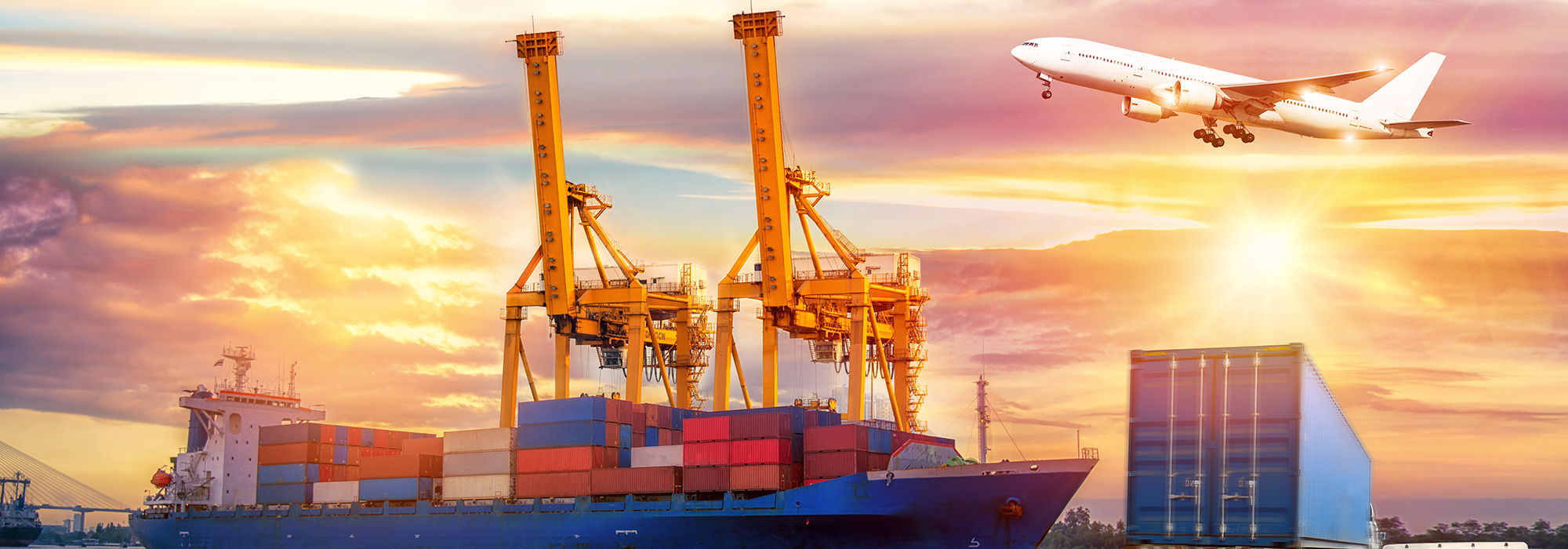
As COVID-19 spreads around the globe, its impact extends far beyond the health implications of a pandemic that has already killed more than 20,000 people in barely three months. To halt the spread of the disease, public officials and business managers have made decisions that are effectively bringing the global economy to a standstill. Several countries have closed all businesses except grocery stores and pharmacies and have locked down many of their citizens within their homes. Other countries — including Canada and the United States — have closed their borders to nonessential traffic.
Lessons from last decade’s global recession suggest that international trade will be hit exceptionally hard by these containment measures, even though there are limits to the parallels we can draw. In 2009, global trade crumpled by nearly 10 percent, exceeding the fall in global GDP by a factor of five. The reasons for this “Great Trade Collapse” were twofold. On the demand side, households reacted to the economic downturn by disproportionately postponing the purchase of durable goods such as cars and home appliances, which are more heavily traded than nondurables and services. On the supply side, exports were more susceptible to financial shocks than domestic sales.
We can expect the demand-side effect to repeat itself this time around. Large-scale quarantines and travel restrictions have already led to a precipitous fall in consumer and business spending. As unemployment levels climb and as the now-certain global recession deepens, international goods trade will plummet. A potential spate of corporate and small-business bankruptcies could exacerbate the downturn.
The supply-side effects are different, but they provide little solace. To date, there is no evidence that exporters are having difficulties receiving trade financing, although a growing dash for cash to deal with supply chain disruptions may lead to financial distress further along. But there are other factors that stifle supply. For one, production in the hardest-hit areas, such as China and Italy, has been brought to a halt. These countries are key suppliers of parts and materials for global buyers, leading to disruptions throughout international supply chains. On February 14, for example, Fiat Chrysler announced that “it is temporarily halting production at a car factory in Serbia because it can’t get parts from China.” Now that the epicentre of the pandemic is shifting west to Europe and America, the knock-on effects are multiplying. In mid-March, automakers decided to close most of their plants in North America.
The unprecedented grounding of airline fleets is not making things easier. Statistics Canada data shows that one-third of Canada’s trade with countries other than the US and Mexico is transported by air, and about half of this goes in the belly of passenger planes. With all major airlines cutting their capacity by 75 to 90 percent, exporters are scrambling to secure the shipment of their time-sensitive goods, leading to a near doubling of both shipping costs and transit times. This is likely to get worse before it gets better, since a resumption of passenger travel may take many months to occur.
Protectionist measures add insult to injury. With governments trying to limit the economic and health impact on their people, protectionist nontariff measures are on the rise. A Global Trade Alert study shows that, since the beginning of 2020, the governments of 24 nations have taken steps to ban or limit the export of medical equipment (such as masks) and medicines. And here again the global nature of production is playing a key role; for example, while governments are pushing for ramped-up production of ventilators, key components are often produced in only a single country. Shifting to domestic production may take too long to address the current pandemic.
A positive message from the 2009 global recession is that the recovery of trade can be as steep as its decline. After the low point of the crisis in the second quarter of 2009, US imports grew at an annualized growth rate of more than 12 percent over the next five quarters. How fast a trade recovery will come in the current situation is of course highly uncertain, depending on the continued spread of the virus, the effectiveness of containment measures and macro policy responses to the looming recession. Another key factor is how ready consumers will be to resume travel and spending once the medical crisis itself is behind us.
There are fundamental questions about whether trade activities will return to normal, or whether some of the global production arrangements will be recast in the light of the COVID-19 experience. After decades of expanding global value chains, some rethinking of these geographically dispersed production arrangements was already under way after the 2009 global recession. The average length of global supply chains was shortened by about 50 kilometres per year between 2012 and 2016. US President Donald Trump’s trade war with China in the past three years has put additional strain on global value chains, with firms struggling to circumvent the heightened trade barriers between the world’s two largest economies. The virus pandemic will only heighten concerns about the vulnerability of our economy to shocks that occur far from our borders, and the role that global value chains play therein.
Meanwhile, the trade that is most vulnerable to potentially long-lasting effects is not in goods but in services. Recovery of international leisure travel, in particular, will depend on the extent of damage done to household finances by the coming downturn and on the confidence of tourists in the safety of air travel during a period when health-related risks may remain top of mind. The best therapy for a rapid global trade recovery may well be our ability to rapidly return to our pre-pandemic lifestyles once the health scare settles.
In today’s global economy, our welfare depends on our ability to trade, and there are therefore several actions that the Canadian government must take to tackle the trade disruptions. Urgent efforts are needed to preserve regular freight trade channels. The decision of Canada and the US to keep their common border open for the movement of freight on trucks and trains is a step in the right direction, but solutions need to be found to re-establish air cargo channels. The recent announcement that Air Canada is starting cargo-only flights to Europe for sensitive shipments is welcome news, but this effort needs to be ramped up rapidly.
Canada also needs to collaborate with its trade partners to ensure no new barriers to trade are erected. Past experiences have shown that governments like to turn to protectionism when facing a severe economic downturn, but it can lead to adverse effects that have far worse consequences. For example, export restrictions would cut off many medical devices that Canada currently uses to diagnose and treat COVID-19. As the title of a recent Foreign Affairs article succinctly suggests, it takes a world to end a pandemic.
This article is part of the The Coronavirus Pandemic: Canada’s Response special feature.
Photo: Shutterstock, by Travel mania.








